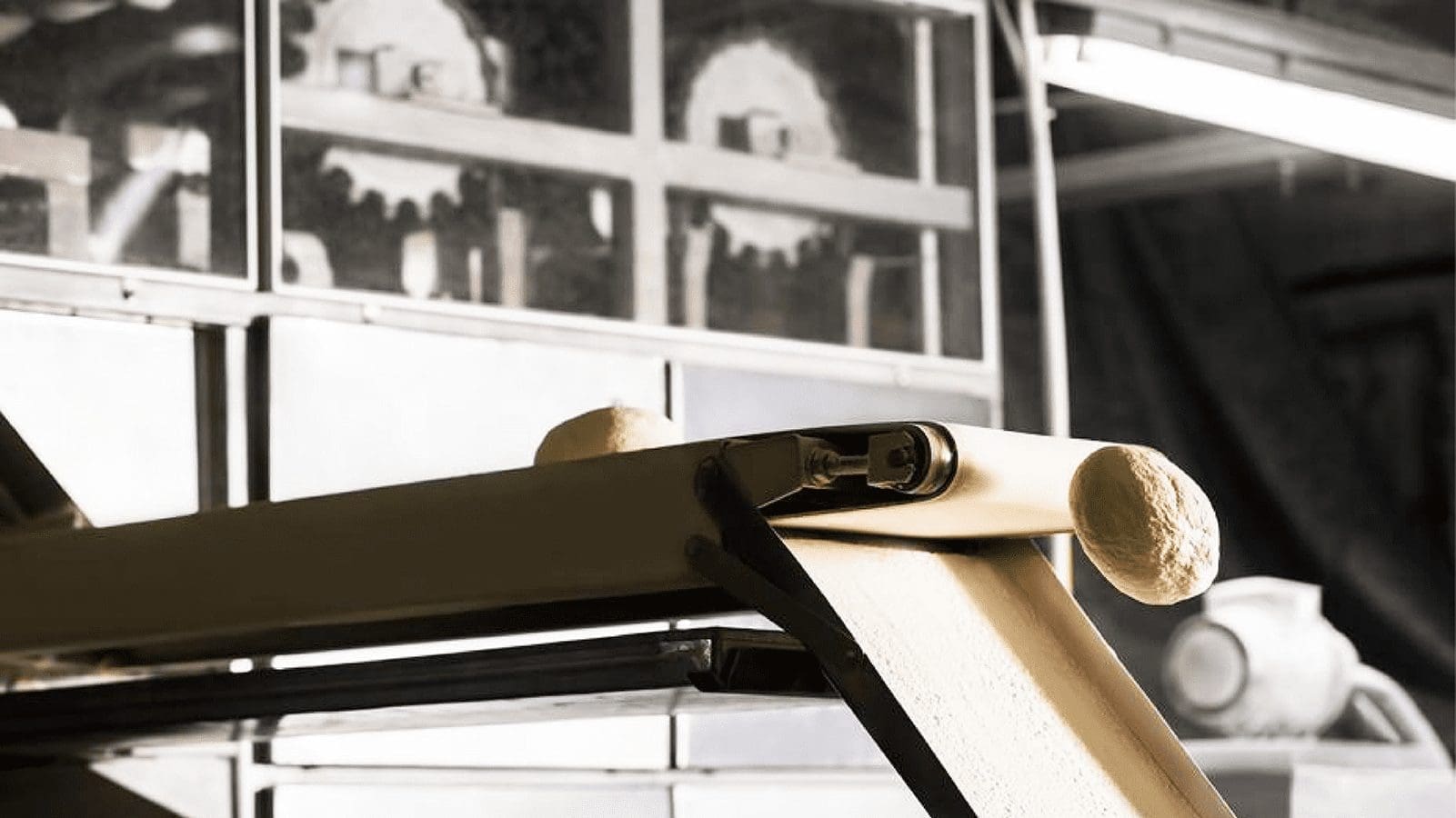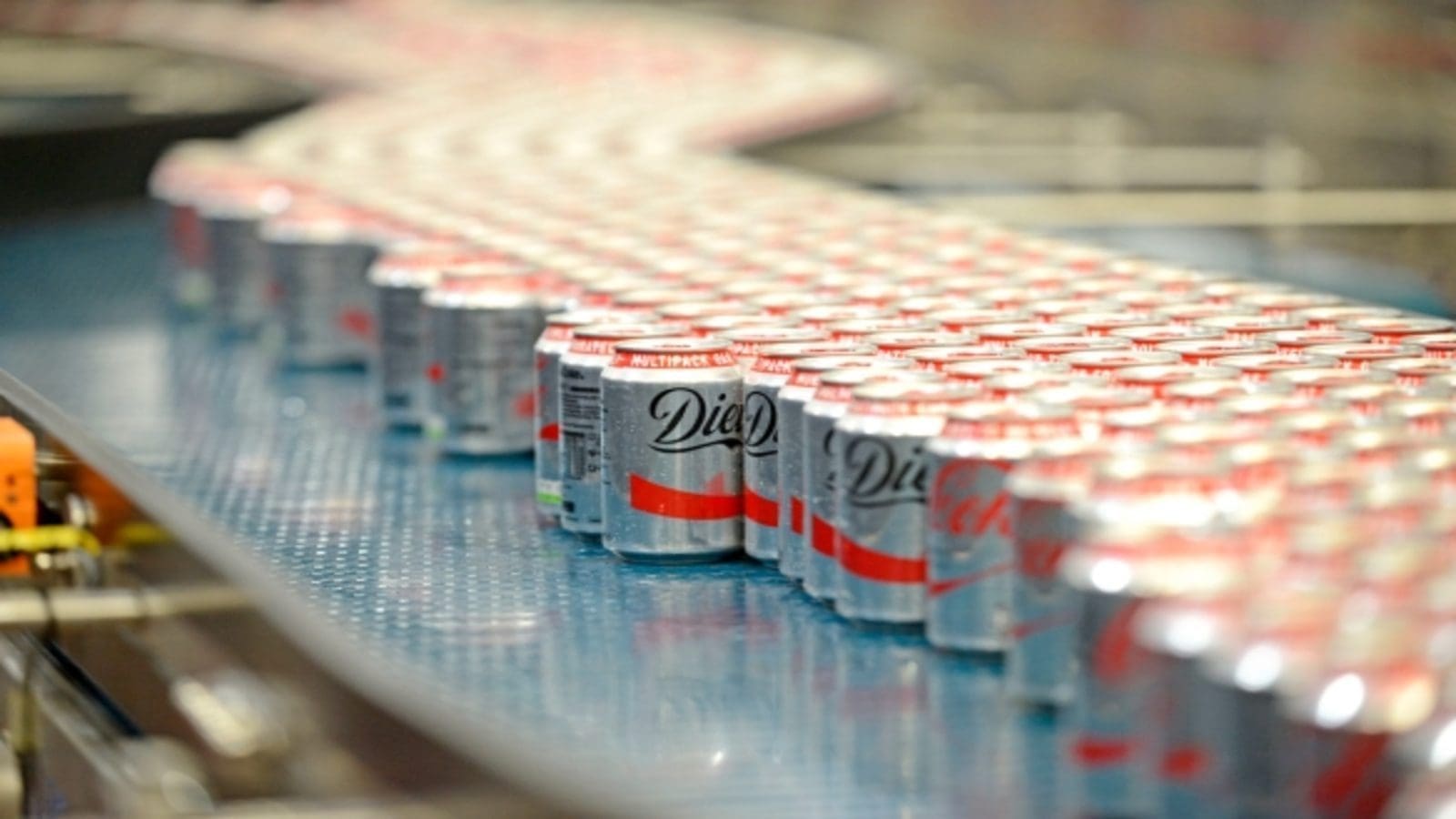The importance of dough mixing cannot be over emphasized. It determines final crumb structure of the products, and influences performance and stability on the makeup equipment and consistency in the products.
Anybody who has tried to bake bread knows the processes of dough development only involves mixing all the ingredients together. But mixing dough has more scientific importance in bread making and is directly responsible for the quality of bread produced. Mixers being key enablers of the dough mixing process also play an integral role.
The importance of dough mixing cannot be over emphasized. “Mixing is the most important step in the process,” says Patrick Nagel, key account manager, WP Bakery Group. “It determines final crumb structure of the products, and it influences performance and stability on the makeup equipment and consistency in the products.”
When the term “beautiful bread has always been in the hands of the baker” was coined, the baking industry was dominated by highly skilled bakers known as “dough heads,” who instinctively knew how to tweak a formula or process simply by feeling the dough. The skill came with experience, one which was gathered over a long period of time playing with the dough. Advances in mixer technology are however reducing the level of skill required to create good dough and are helping bakers ensure that the dough going into the oven is as good as the bread coming out the other side.
In this article, we discuss the importance of dough development and the types of mixers available to help you achieve the desired dough for your bread.
Importance of dough mixing
If you are a baker then you know dough refers to a wet mass developed after mixing of wheat flour, water and other ingredients. The process however has a number of functions that are critical to bread production. First, dough mixing allows two key proteins within the flour, gliadin and glutenin, to combine to form strands of gluten. As mixing continues the chains of proteins become more numerous and elongated; they organize into a sort of webbing that has both elasticity (the ability to stretch) and extensibility (the ability to hold a shape). It is in this webbing that the gas produced during fermentation will be trapped in, helping the dough rise to rise and eventually result in the uniform crumb structure that gives bread its unique texture.
Secondly, mixing spreads yeast evenly in the dough. When yeast is evenly distributed, carbon dioxide gas which is a byproduct of yeast fermentation also becomes evenly distributed, creating a consistent crumb in the final bread. Thirdly, properly mixing dough allows the gluten network to gradually become stronger and more complex, giving dough the capacity to hold more gas and this adds volume to the loaf of bread.
When the baker has not fully mastered the kneading process, undermixing or overmixing may occur, usually with very undesirable results on the final bread. When under mixing occurs, the dough usually ends up being stiff and too elastic while the resultant bread is of low volume (poor gas retention as final development did not occur) and most often than not ends up with a collapsed sidewalls or top. The bread will also have a dense and firm crumb, be of poor symmetry with corners that are too round.
Overmixing on the other hand results in a dough that is sack, wet and sticky. The dough is also usually difficult to process. The resultant bread will also be undesirable as it comes out with excessive volume (dough too extensible), more open crumb grain, and sharp corners. “The kneading process, or lack of it, is the difference between a moist, crumbly cake and a chewy, crackly loaf of sourdough,” says breadmaking master chef Apollonia Poilâne.
Types of dough mixers
At the industrial level, there are three types of mixers which are currently used. Each type has its own unique advantages thus the kind of mixer for your bakery needs will depend on the volume of dough you produce, the type of products you bake and the size of your work area.
Horizontal Mixer
The horizontal mixer has the capability of producing the largest volume of dough in the shortest amount of time. The beater of a horizontal bakery mixer rotates horizontally within the large cylindrical barrel, offering the best stretch and fold action. Due to its relatively powerful and high speed action, any thick and viscous material in the barrel would be perfectly sheared and mixed in less than 15 minutes. It can be configured to allow continuous dough mixing with the dough easily exiting the machine into a trough for convenient transport after the mixing process is complete.
Apart from just creating bread dough, spiral bakery mixers are also versatile and can be used to produce a wide range of pastries, cookies, and other bakery products with consistent quality
One of the main drawbacks of a horizontal mixer is its inability to keep the dough temperature low throughout the mixing process. The friction of the dough rubbing against the sides of the bin causes the temperature to rise, which isn’t ideal for some types of yeast doughs.
Vertical or Planetary Mixer
The Vertical mixer has a central mixing wand that rotates around a stationary bowl. The wand attachment can be changed as needed to accommodate different mixing goals. It is also a versatile machine as it can be used to mix a range of substances too, not just dough. The bowl is easily detached and moved quickly, once mixing is complete.
These upright machines are typically smaller, so if you have limited space, the planetary mixer might be the best option for you. The drawback to using a planetary mixer is that the level of mixing between the top and bottom of the bowl may not be uniform. When using a planetary machine for dough, certain areas of the batch may be underdeveloped and may thus be undesirable for making high quality dough.
Spiral Mixer
The spiral mixer is designed in a way that its agitator remains stationary while the bowl rotates to mix the dough perfectly. The spinning bowl rotates more gently and efficiently than a horizontal mixer. As a result, this helps retain the heat as well as friction to a minimum, yielding a homogeneous mass of dough. This type of mixers is a popular choice among many bakeries as it comes in a range of sizes to fit many different target dough outputs. Apart from just creating bread dough, spiral bakery mixers are also versatile and can be used to produce a wide range of bread, pastries, cookies, and other bakery products with consistent quality. They also use less electrical power than a horizontal unit, delivering on the energy-efficiency front.
Choosing the right mixer
With so many mixers currently in existence, choosing the right one for your operation can proof to be an uphill task. Ton van der Pas, Product Sales Manager, Mixing at Kaak advises bakeries to consider mixer capacity before making a purchase. He notes that too small a capacity is undesirable is it will not only constrain current operations but also limit future expansion. Secondly, mixer flexibility is important if the baker wants to be developing more than one type of dough. “If you want to have more flexibility in different type of dough with inclusions, with different type of wheat, think about that, because otherwise you could get a mixer that binds you to only one type of product,” Ton says. Automation is also becoming another important factor especially now that we have covid with us. “With automation, you not only save on labor costs but are assured of continuous production as the line is not susceptible to illness as people do.” Automation also guarantees the bakery a certain type of quality and consistency as production is moved from error-prone humans to machines. And of course, ease of operation should also be considered when getting a mixer. “You have to ask yourself whether you can easily operate the machine or not,” adds Ton.
Need for consistency, efficiency drive innovation in dough mixing technology
As we have noted above, dough development is the most important part of the bread making process. With human intervention, no dough can be similar to another, and in a world where consumers demand their favorite bread taste the same always, manufacturers have been forced to mechanize the entire process to not only enhance efficiency but also ensure the dough quality is always the same.

To cut dough development times, the process today begins before the first step, and that involves premixing. A good example is Bühler Group’s Jet Mix which can prehydrate the flour prior to entering the mixer, giving bakers a much more homogenous mix and helps increase the amount of water absorption with the flour. When premixers are used, “gluten development and all mixing tasks are completed after only a fraction of a second of mixing time,” says Ken Schwenger, president, Bakery Concepts International.
The desire for consistency in dough development has also led to development of continuous mixers. The continuous mixer controls the ingredients, the recipe, the temperature and the mix time, removing the guesswork associated with human intervention. “The goal of continuous mixing is not to make your product better. The goal is to make the best product all the time,” says Jim Warren, vice president, Exact Mixing, Reading Bakery Systems. When bakers can exert control over the dough, it becomes more consistent, and the benefits go far beyond the mix.
Although many bakers are ramping up their throughput, some are actually turning toward smaller, more frequent batches. Patrick Nagel, key account manager, WP Bakery Group, suggests smaller batches are becoming popular “because they’re easier to control dough development, and the producer has more control and flexibility in the next process step.” Even in the batch setting, automation is being incorporated into the mixers to greatly enhance the bakers ability to control the process to get a consistent outcome, according to Andrew McGhie, director of sales, Shaffer, a Bundy Baking Solution.
To help eliminate risk of human error, smart mixers are starting to become common in the baking industry. Mr. Nagel says the mixer is “smart” because the baker can teach it what to do. “After that, it can reproduce the same dough and knows when to stop,” he added. “This ensures that the operator does not have to monitor flour quality. The mixer knows if a dough needs more or less kneading.” Mr. Warren sees this technology becoming more mainstream in future as it becomes harder to staff bakeries with highly skilled staff who know how to properly mix the dough and can quickly and easily spot potential problems that could affect dough quality.
Dough is only as good as ingredients used
Technology can only do so much if the ingredients coming in aren’t accurate. Roy Jansen, Kaak area sales manager for Africa, Middle East and China notes that good flour is key to having a stable dough. Damian Morabito, president and chief executive officer of Topos Mondial Corp adds that the flour, water, and other minor ingredients need to come into the mixer at a consistent temperature, as well. “If the other processes prior to the mixer are consistent, the mixer will do its job. We can mechanize the meters in how they measure the energy put into the dough, and that tells you that it’s properly kneaded. But it’s only as good as how consistently the ingredients come in.”
This feature appeared in the Jan/Feb 2022 issue of Food Business Africa. You can read this and the entire magazine HERE










